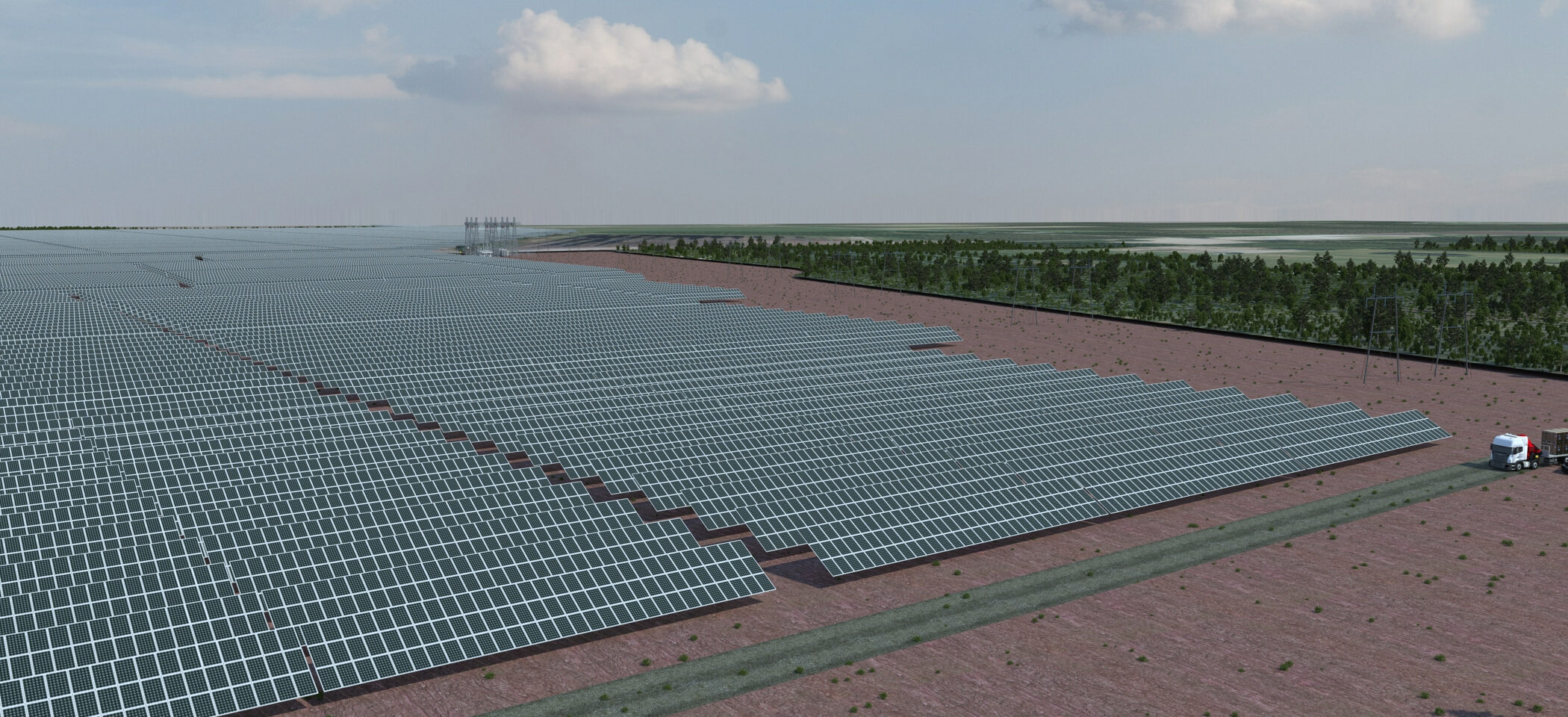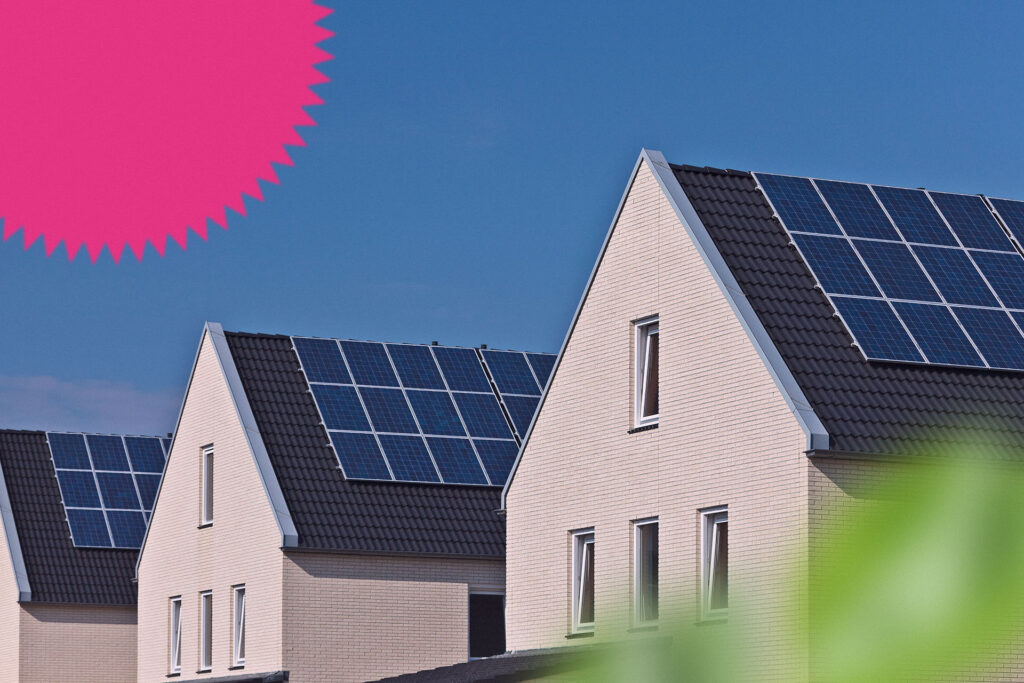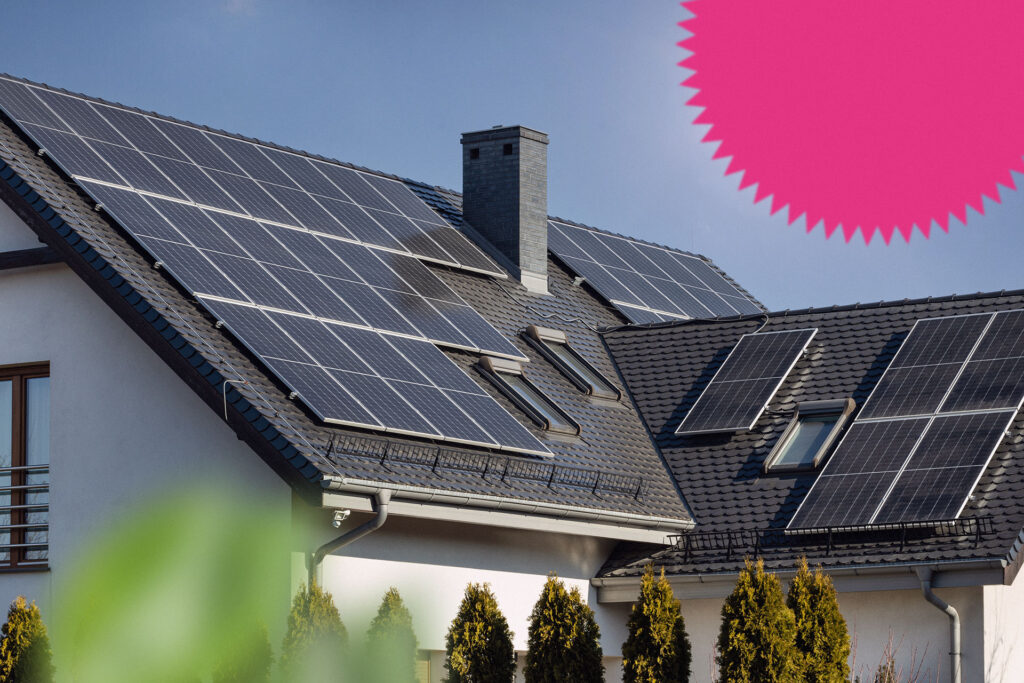
Solar power as an electricity generation method
The sun provides clean and emissions-free energy. Solar panels convert the sun’s energy into solar power without emissions.
Solar power is growing rapidly
Solar power is the fastest-growing form of renewable energy. It is an essential part of the emission-free and functional energy system of the future.
New industrial-scale solar parks are being built both here and around the world. The popularity of small-scale solar power generation is also increasing. From 2021 to 2022, the capacity of small-scale production grew by over 60 percent. More and more people are generating emission-free electricity at home with their own solar panels.
Self-produced solar electricity reduces the need for purchased electricity and lowers electricity bills. Any excess electricity can be sold to us.
Solar power in Finland
Solar power efficiently generates electricity even in the northern latitudes, despite long and dark winters. Solar panels produce the most energy in Finland from March to the end of September. Thanks to the long daylight hours in summer, Finland receives nearly as much solar radiation as Denmark or Germany.
Another reason for solar panel production in the north is that solar panels work more efficiently in cooler conditions than in hot ones.
As of August 2023, solar power production capacity in Finland is 813 megawatts, according to Fingrid. Fingrid estimates that the production capacity will increase to 6–8 gigawatts by 2030, potentially increasing tenfold.
Become a solar power producer!
Take advantage of the sunshine: order a solar power system for your property. This way, you can reduce your electricity bill and produce emission-free energy.
If you generate more electricity than you need, you can sell the excess electricity to us. We pay a competitive price for the electricity.
Vaasan Sähkö and solar power
Small-scale production still covers a large part of Finland’s solar power production, but industrial-scale solar parks are also becoming more common.
We actively explore the possibilities of renewable energy production. We are one of Finland’s largest wind power producers, and solar power generation is also part of our plans.
Massive solar power plant in Lapua: Vaasan Sähkö’s share is nearly one-third
How solar panels generate electricity
Solar panels generate electricity from sunlight. An electric charge is created when sunlight particles, called photons, strike the semiconductor materials in the solar cells of the panels. Silicon is a common semiconductor material used in solar cells.
The impact of photons on the semiconductors releases electrons. This produces electricity. The generated electric current is direct current (DC), which is then converted by an inverter into alternating current (AC) suitable for modern electrical systems.
Main image: EPV Energia
Advantages of
solar power
- Fossil-free and renewable energy.
- Solar parks do not cause the same landscape disturbances as wind farms, as they are low-lying.
- No moving parts: no noise pollution.
- The efficiency of solar panel production is constantly improving as technology develops.
- Solar panels can be installed in many places, allowing the rooftops and walls of buildings to be harnessed for electricity.
- Available almost endlessly.
- Significant growth potential in production capacity.


Disadvantages of
solar power
- Produces electricity unevenly, depending on the amount of sunlight. This is why additional so-called balancing power, like hydro power, is needed in the energy system.
- The production of solar panels involves minerals, which are finite natural resources. However, recycling of these materials will improve in the future as more solar panels reach the end of their life.
- If the energy required for mineral processing is produced from fossil fuels, it creates environmental harm in the production phase.
- Most solar panel production takes place outside of Europe, in countries where it can be difficult to ensure responsible working conditions.
- Industrial-scale solar parks require a lot of space. However, they are typically located in land-use appropriate areas, such as those released from peat production.
- Still requires significant investments.